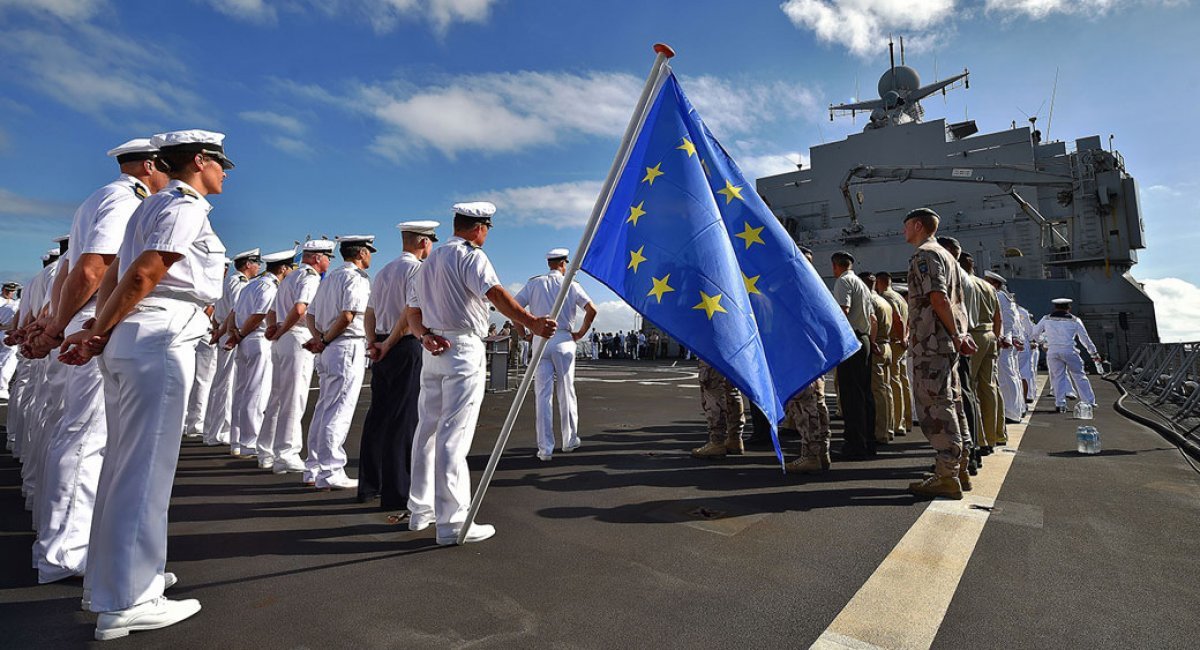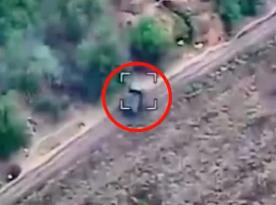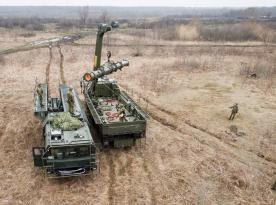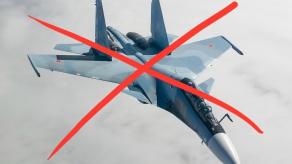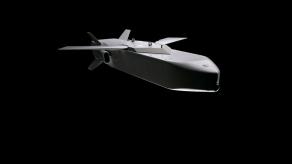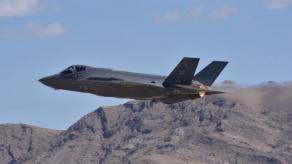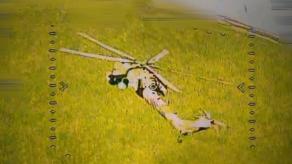The Atlantic Council, in collaboration with the MITRE Corporation, has released a study examining whether NATO could repel russian aggression without direct American support. The findings reveal that despite Europe’s collective economic, numerical, and technological edge, the Alliance struggles to mobilize resources rapidly and effectively for its own defense.
The report underscores that NATO’s reliance extends beyond U.S. combat power to include critical logistical infrastructure, especially airlift and maritime transport.
Read more: Hedgehog 2025: NATO Drills with HIMARS, Challenger 2 tanks and Heavy Artillery to Deter russia
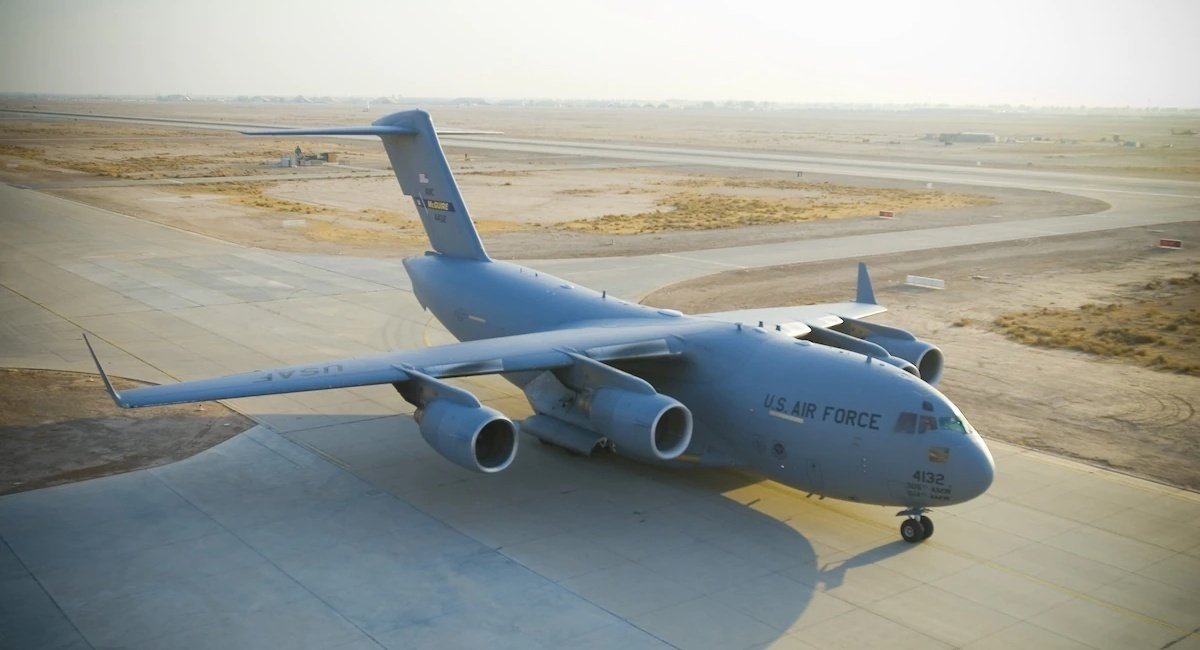
As Defense Express notes, while this observation holds true, Europe still maintains an extensive and dependable rail network for intra-European logistics. Though standardization issues persist, rail transport remains viable. That said, gaps in connectivity with Nordic countries highlight the need to expand port infrastructure.
In terms of airlift capabilities, Ukraine could play a vital role with its fleet of An-124 Ruslan heavy transport aircraft, which have already been used in NATO operations. Ukraine could also be invited to participate in the development of new transport platforms, potentially including unmanned solutions.

More broadly, the report rightly critiques Europe’s dependence on U.S. operational integration. It points to the lack of a unified European rapid reaction force capable of responding independently to potential russian aggression.
To address this, the authors call for the urgent development of a defensive line across the Baltic region — not only to bolster deterrence, but also to establish a credible first line of defense.

The report also recommends creating new intelligence hubs along NATO’s eastern flank and conducting joint military exercises that explicitly exclude U.S. forces. This would allow European forces to rehearse independent operations. In addition, NATO should establish rapid reaction units and strategic stockpiles in key areas.
In terms of interoperability, the study urges improvements in logistics integration, operational coordination, and joint defense investments, especially in unmanned systems, space-based assets, and intelligence-gathering platforms. A layered and integrated air and missile defense network is also essential to Europe’s security architecture.
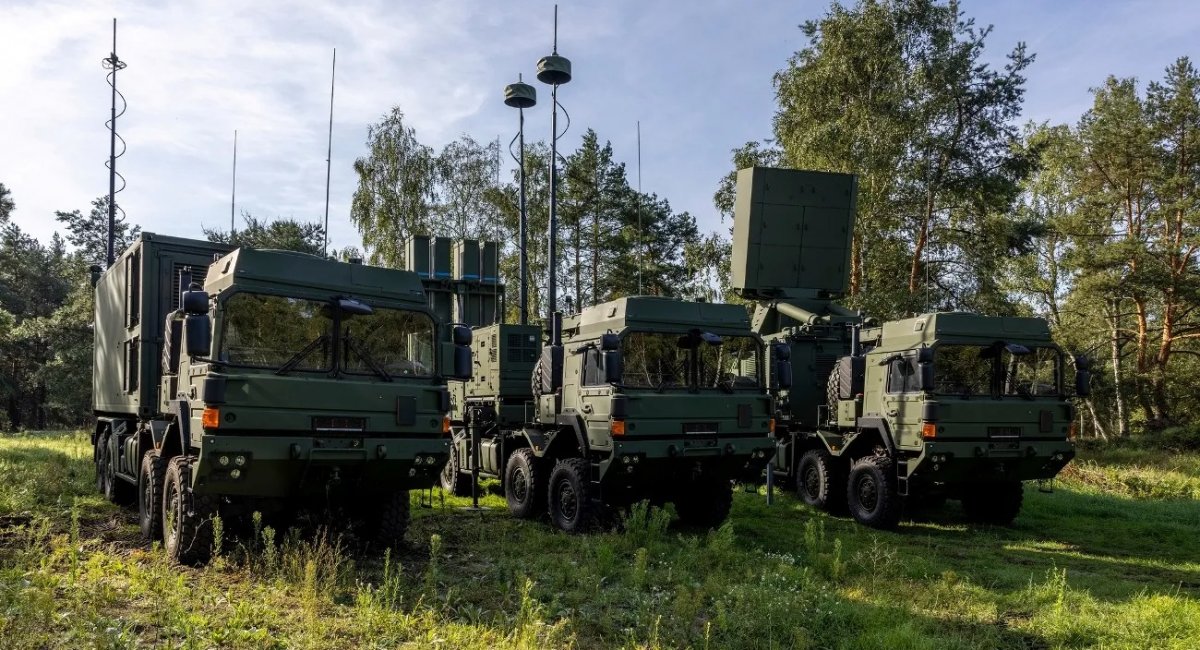
Interestingly, the report identifies signs of a "European awakening" — a shift toward building defense autonomy without waiting for Washington. Examples include pledges to raise defense spending to 5% of GDP, new military loan programs, and expanded security assistance to Ukraine.
While the loan initiatives and aid packages represent tangible progress, the 5% spending pledge remains mostly symbolic, especially given that countries like Spain have already negotiated exceptions. Europe may be waking up, but its pace remains tentative.
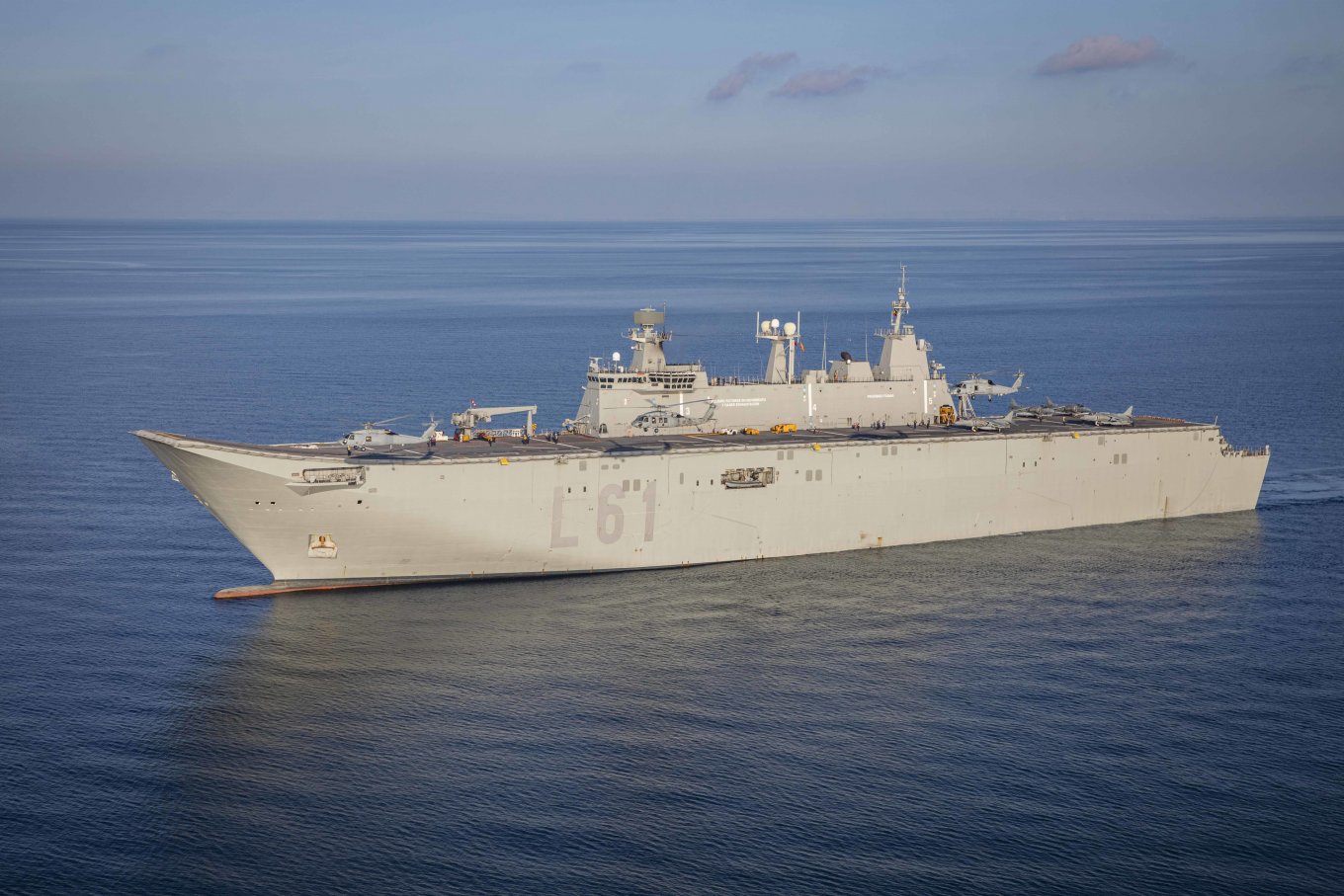
The report also highlights the urgent need to scale up ammunition production. While the EU has surpassed U.S. output in artillery shells and continues to expand, serious bottlenecks remain in the production of air defense munitions, which take significantly longer to manufacture than their American counterparts.
This underscores the broader need to streamline and accelerate Europe’s defense procurement systems. Current processes often pose legal and bureaucratic barriers that slow military readiness.
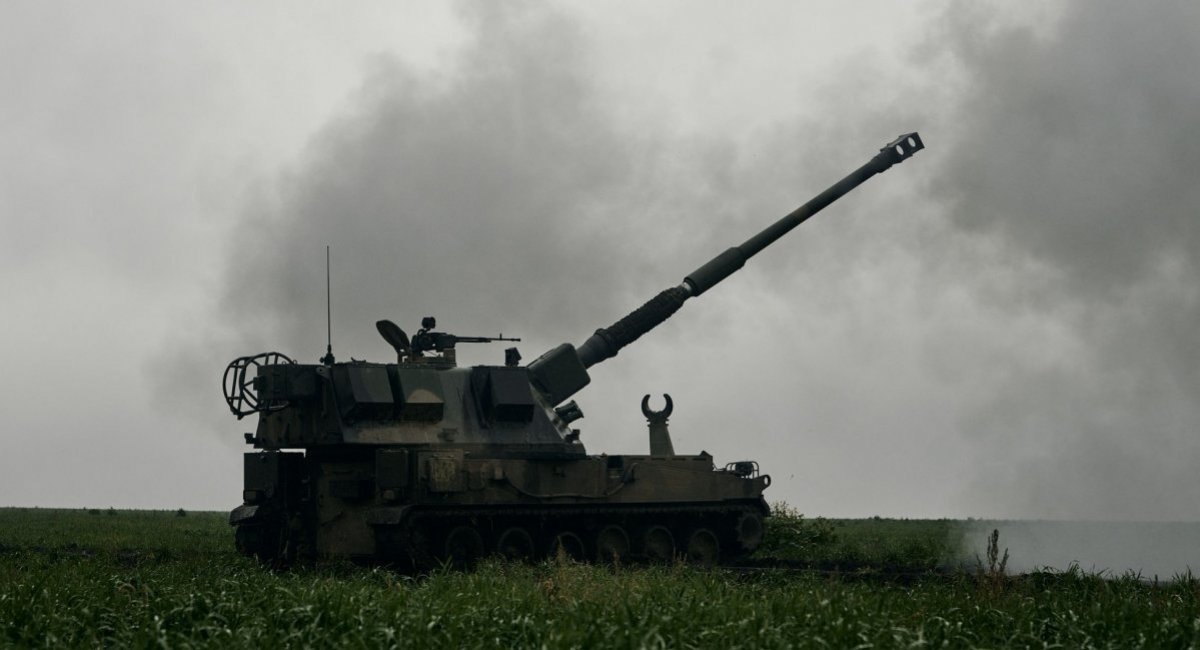
Overall, NATO remains unprepared to respond swiftly to russian aggression without U.S. involvement, but clear steps are being taken to close the gap and build Europe’s strategic autonomy. A stronger European pillar within the Alliance would ultimately benefit Ukraine as well, by enabling expanded and sustained military support.
One telling example: Germany plans to invest an unprecedented €22 billion in ammunition procurement, with contracts stretching through 2037. While not all European countries are ready for such commitments, the shifting geopolitical climate is steadily pushing them in that direction.
Read more: NATO Has Identified Effective Countermeasures Against russian Glide Bombs, With Strong Support From Ukraine, and Launched a New Innovation Challenge




